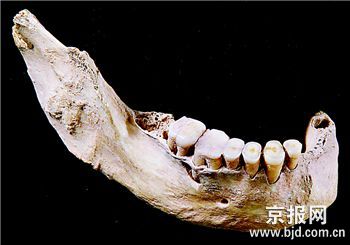Skeleton casts doubt on Out-of-Africa dispersal theory
By Wu Chong (China Daily)Updated: 2007-04-03 07:03
The discovery of an early modern human skeleton in China dated to about 40,000 years ago indicates the Out of Africa dispersal theory of modern humans may not be as simple as previously thought.
The new finding, by researchers at the Institute of Vertebrate Palaeontology and Palaeoanthropology affiliated to the Chinese Academy of Sciences and Washington University, is published this week online in the Proceedings of the National Academy of Sciences.
| |||
Most of its features match those of modern humans, while a minority of features is more like late archaic humans.
Based on this finding, the researchers said it is unlikely that a simple spread of modern humans eastward of Africa occurred, especially because slightly younger skeletons have been found in eastern Eurasia with similar mixes of features.
The researchers said the Tianyuan skeleton also provides data on many aspects of its biology and will be useful for reconstructing the transition from archaic to modern humans in eastern Eurasia.
(China Daily 04/03/2007 page1)
|
||
|
||
|
|

